Macro photography allows you to capture close-up detail of tiny subjects. It’s great for nature macro photography. You can capture incredible macro photos of insects, flowers, leaves and other subjects with intricate detail and texture. To enable your iPhone to focus at such close distances, you’ll need to attach an add-on macro lens to your phone. We’ve recently tested out the olloclip Macro Pro Lens system for the iPhone 6/6s and 6/6s Plus, and in this article you’ll find out how it performed in terms of usability and image quality.

What’s Included In The Kit?
First of all, let’s take a look at what’s included in the olloclip Macro Pro Lens kit. You get three separate lenses to produce different magnifications: 7x, 14x and 21x. The higher the number, the greater the magnification.

The kit also includes two “InstaFocus” hoods which can be attached to the lenses to naturally collect and diffuse light, as well as facilitate with focusing.
As with other olloclip lenses, it comes with a selection of different colored wearable pendants so that you can keep the lens instantly accessible.
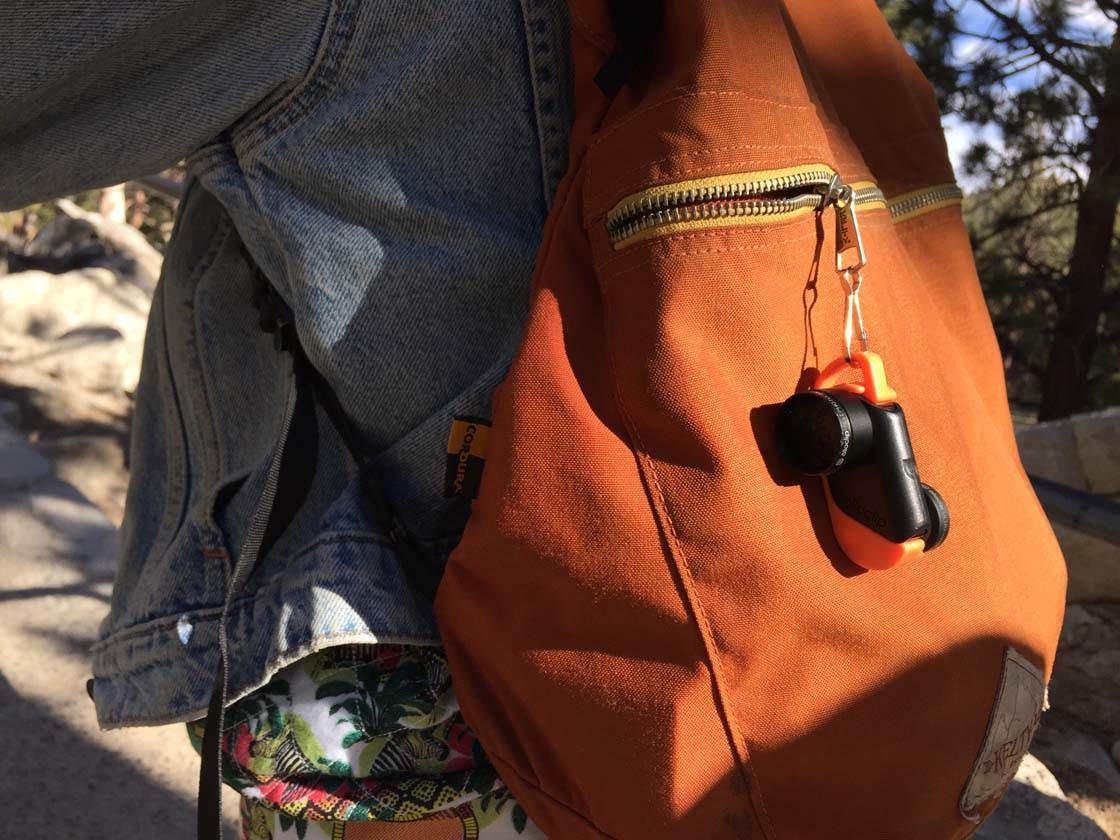
This Macro Pro lens system can be purchased for $69.99.
Attaching The Lens To Your iPhone
Just like their other lens systems, the olloclip Macro Pro Lens kit comes with a special clip which you attach the lenses onto.
The clip is then attached over the top of the iPhone so that the lenses align with either the front or rear lens of your iPhone. The clip attaches easily and securely to the iPhone 6/6s or 6/6s Plus.
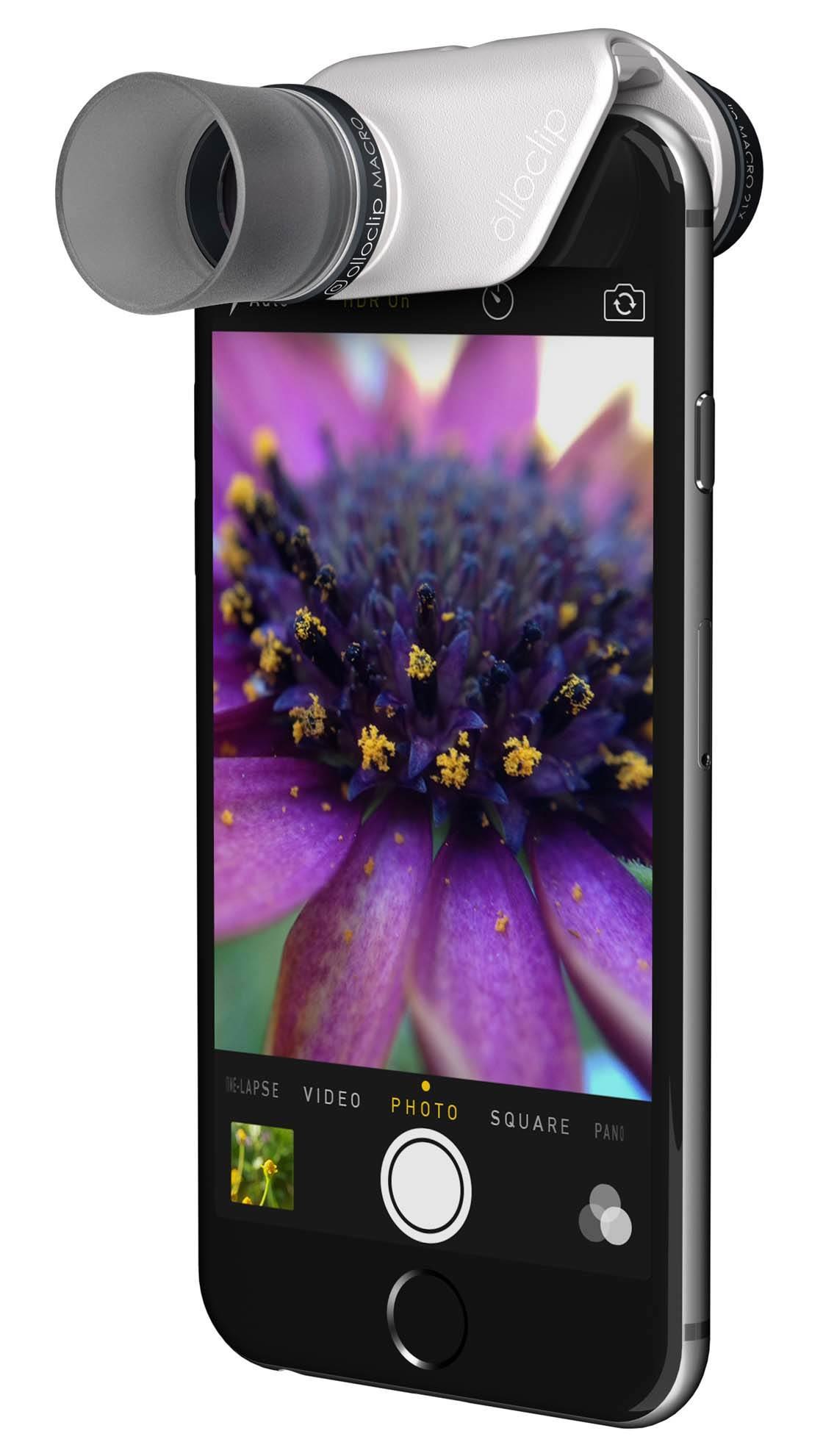
On one side of the clip you can choose to shoot with the 7x macro lens, or stack the 14x lens on top of it for increased magnification. The other side of the clip supports a fixed 21x macro lens.
Unless you have an olloCase iPhone case which has a cutout designed to fit the olloclip, you’ll need to remove your iPhone’s case to attach the lenses to the phone.
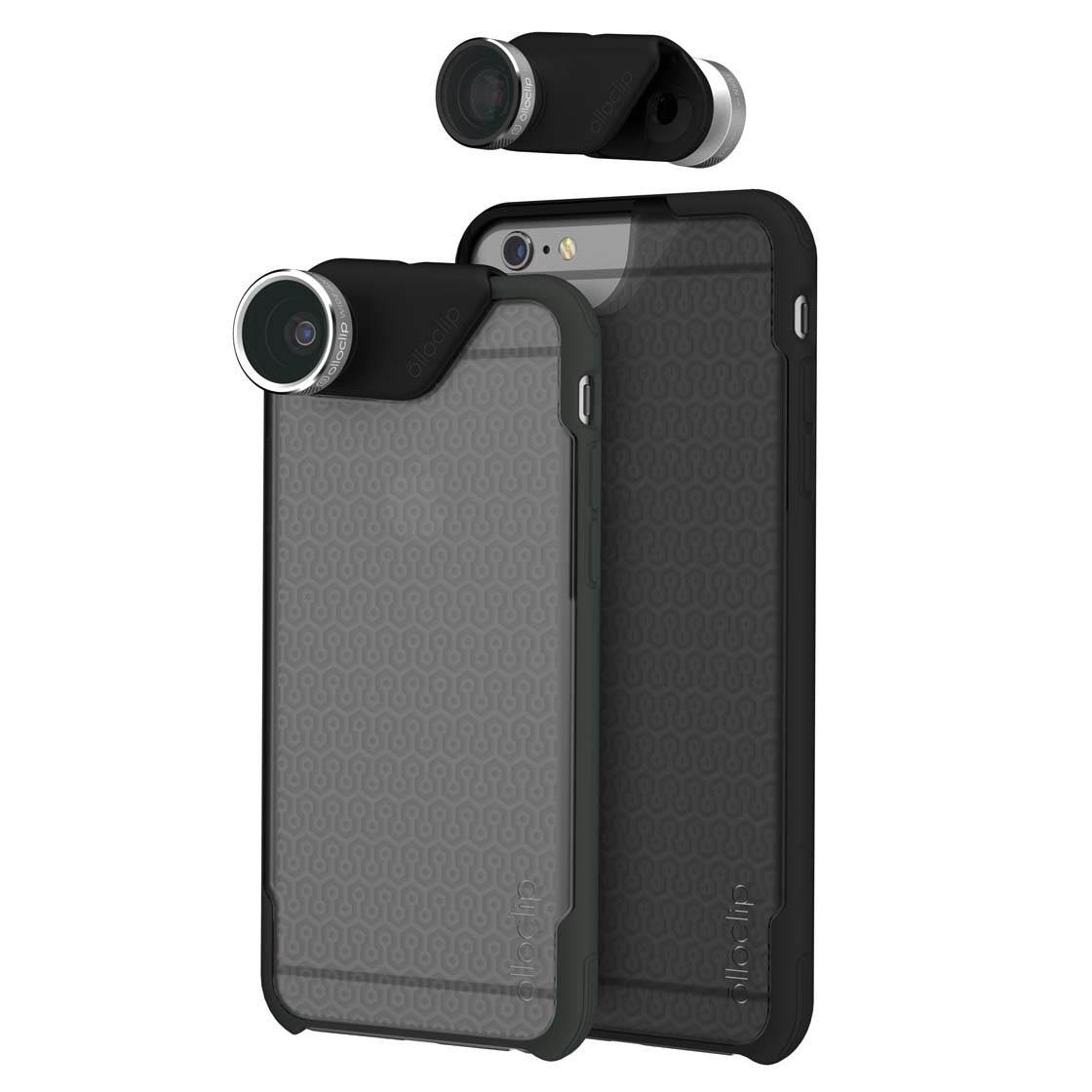
If you use olloclip lenses on a regular basis, I’d highly recommend purchasing an olloCase. It’s really great quality and ensures that your iPhone is protected whenever you’re using the olloclip lenses. I keep it on my iPhone at all times.
The olloCase costs $29.99, but if you purchase it from the olloclip website when you order the Macro Pro Lens you’ll get it for just $19.99.
Using The Instafocus Hoods
The Instafocus hoods are semi-transparent “tubes” which push-fit onto the lenses. They’re designed to naturally collect and diffuse light, and using them can result in a softer lighting on your subject.
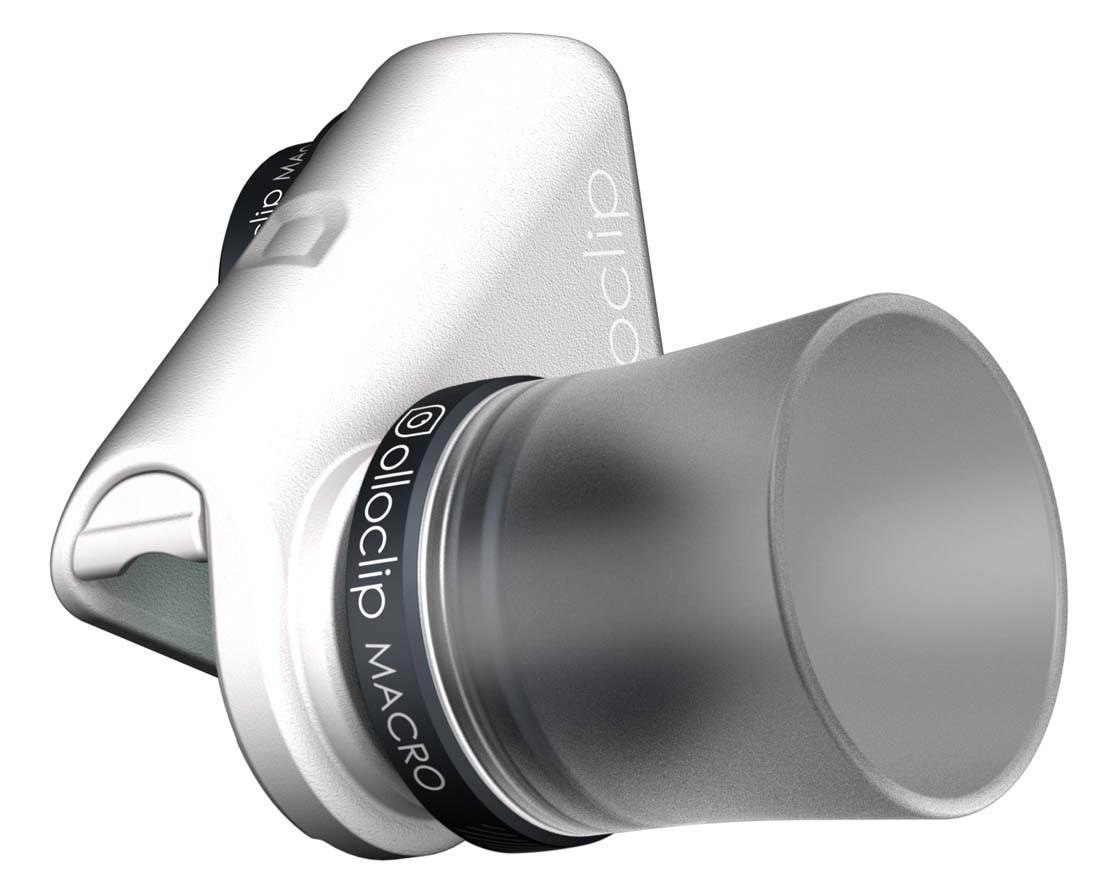
Their other purpose is to help you achieve better focus on your subject. With macro photography you need to have the lens a certain distance from the subject in order for the camera to get the subject in sharp focus.
The Instahoods are the right distance away from the lens, meaning that if you frame your shot with the subject touching, or level with, the end of the hood, that subject should be in focus.
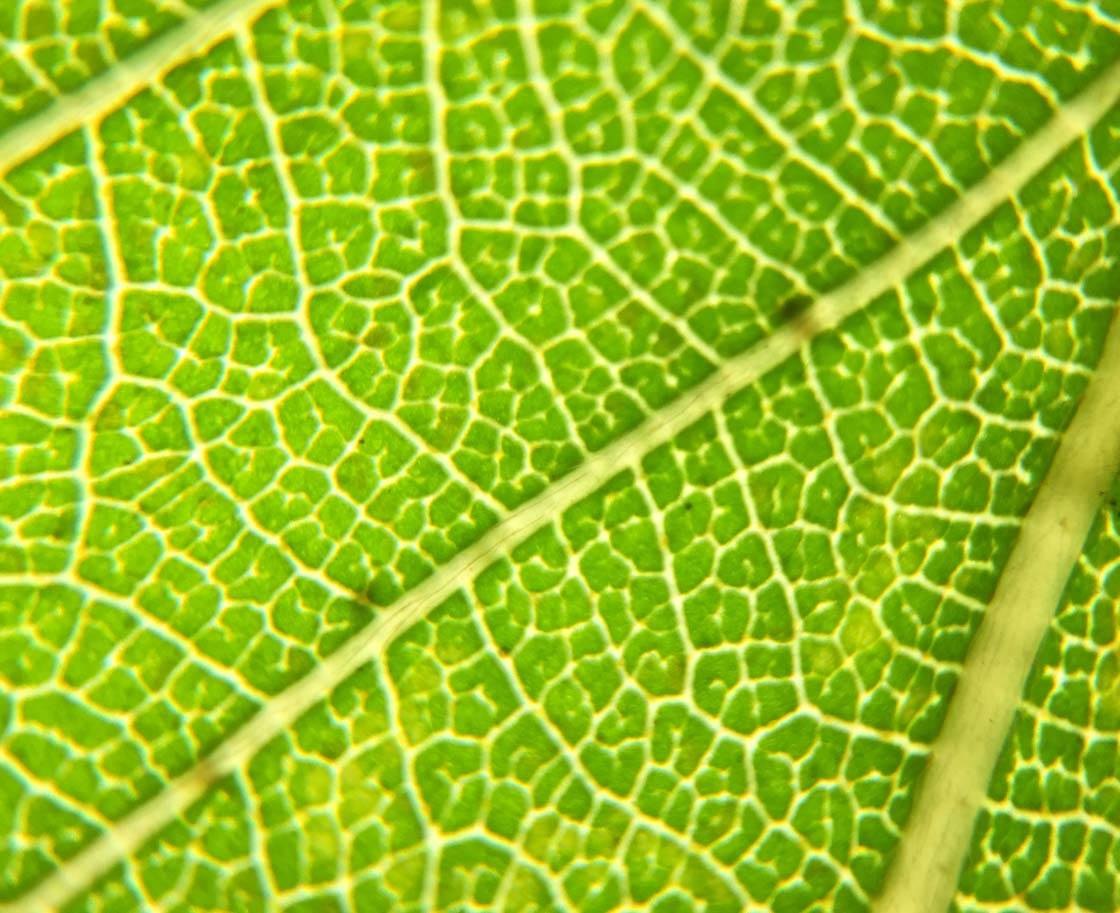
In practice, this requires careful adjustment on your part as subjects aren’t always flat. This means that some parts of your subject are usually further away from, or closer to, the end of the hood.
Even if the difference in distance is just a few millimeters, this can throw parts of your subject out of focus. This is all part and parcel of macro photography because we’re working at very close distances and very shallow depths of field.
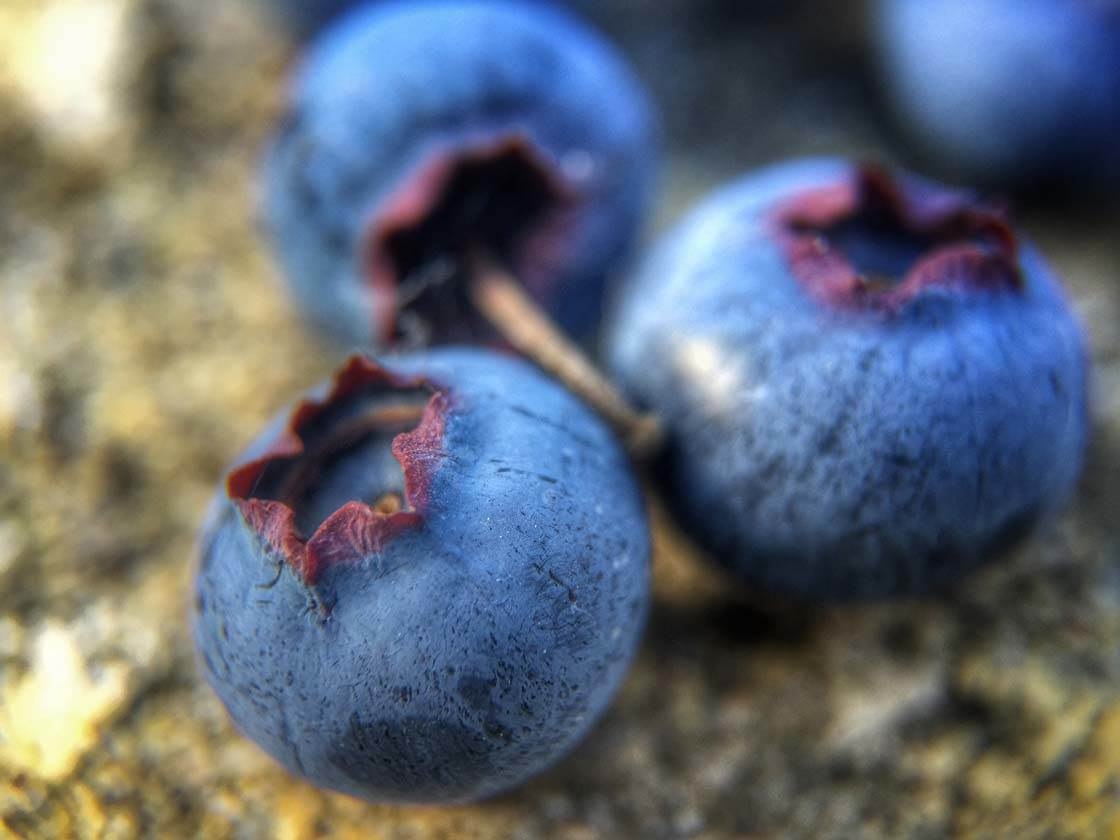
Getting the focus right involves making small adjustments to the distance between the lens and the subject, and making sure you tap on the screen to set focus on the most important part of the subject.
Sometimes the lens hood prevents you from getting your iPhone close enough to your subject, but it’s fairly easy to remove. In certain situations it’s easier to shoot without the hood attached.
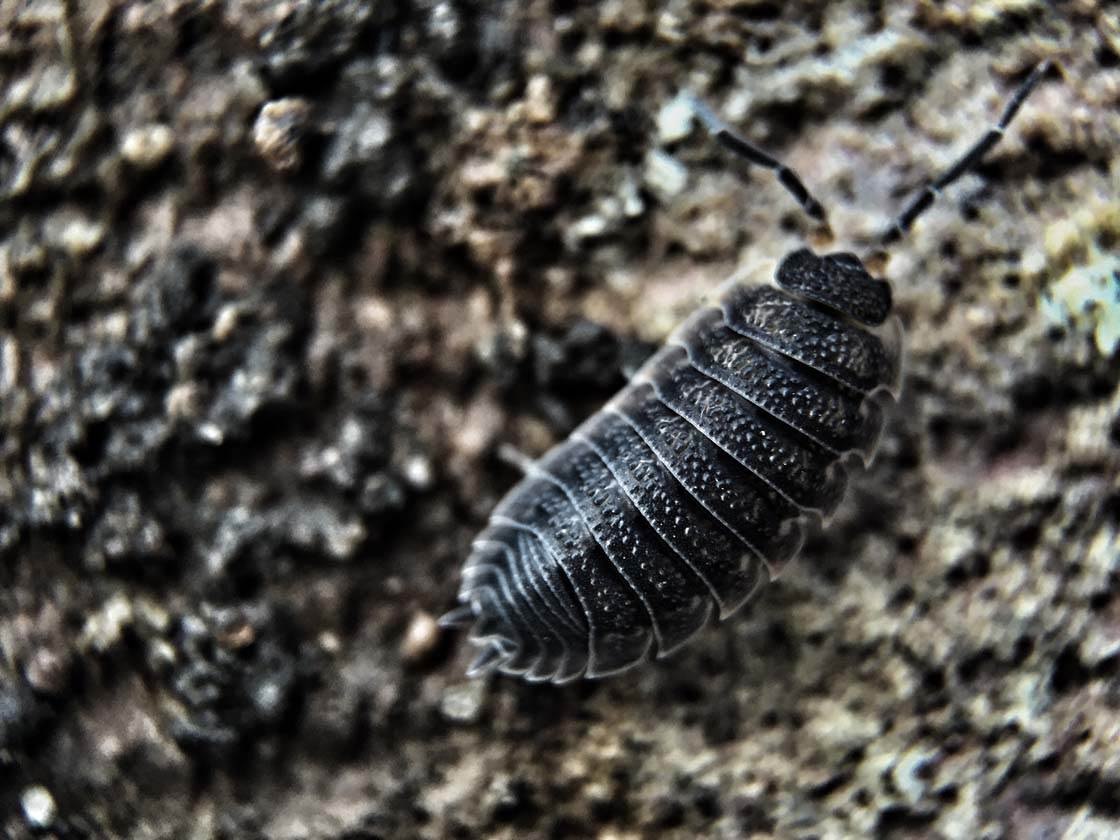
One benefit that I’ve found when using these hoods is that they’re perfect for photographing tiny insects. You can use the hood to prevent the bug from escaping while you photograph it.
How Did The Lenses Perform?
With advanced six element optics, olloclip claims that the Macro Pro Lens kit allows you to get in extra close to easily shoot beautiful macro photography with edge-to edge clarity.
I have to say that my experience with these lenses didn’t quite match up to this. As with most lenses in this price bracket, we’ve come to expect a certain amount of lens distortion and blurring around the edges of the image.
The olloclip Macro Pro is no different, so you should approach this lens with a realistic expectation of its capabilities.
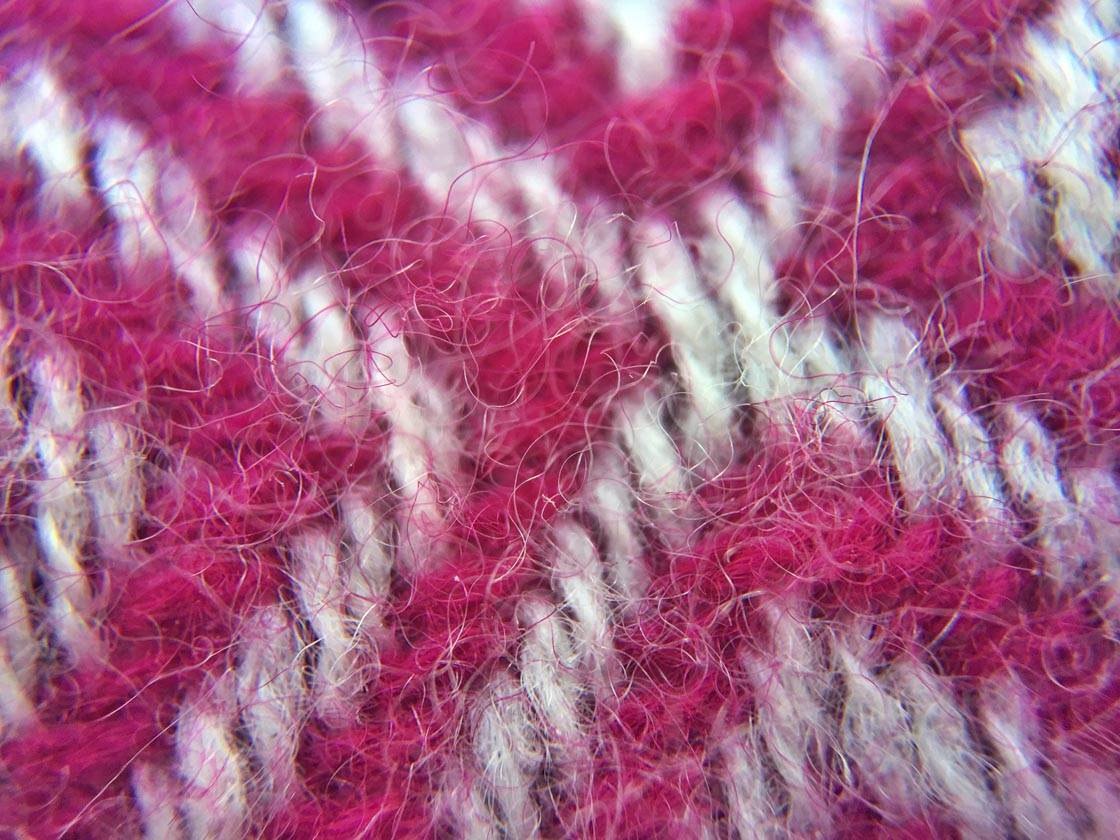
Even with a completely flat subject, there’s quite heavy blurring around the corners when using the highest magnification lens.
When working with three-dimensional objects, such as the blueberries shown below, the depth of field is so shallow that achieving usable, sharp results can be difficult.

It can take a lot of patience and fine adjustment of the camera-to-subject distance to get the focus just right.
However, if you can achieve sharp focus on your subject, the extremely shallow depth of field can be used for creative effect, and it’s especially useful for drawing attention to the subject of your photo.
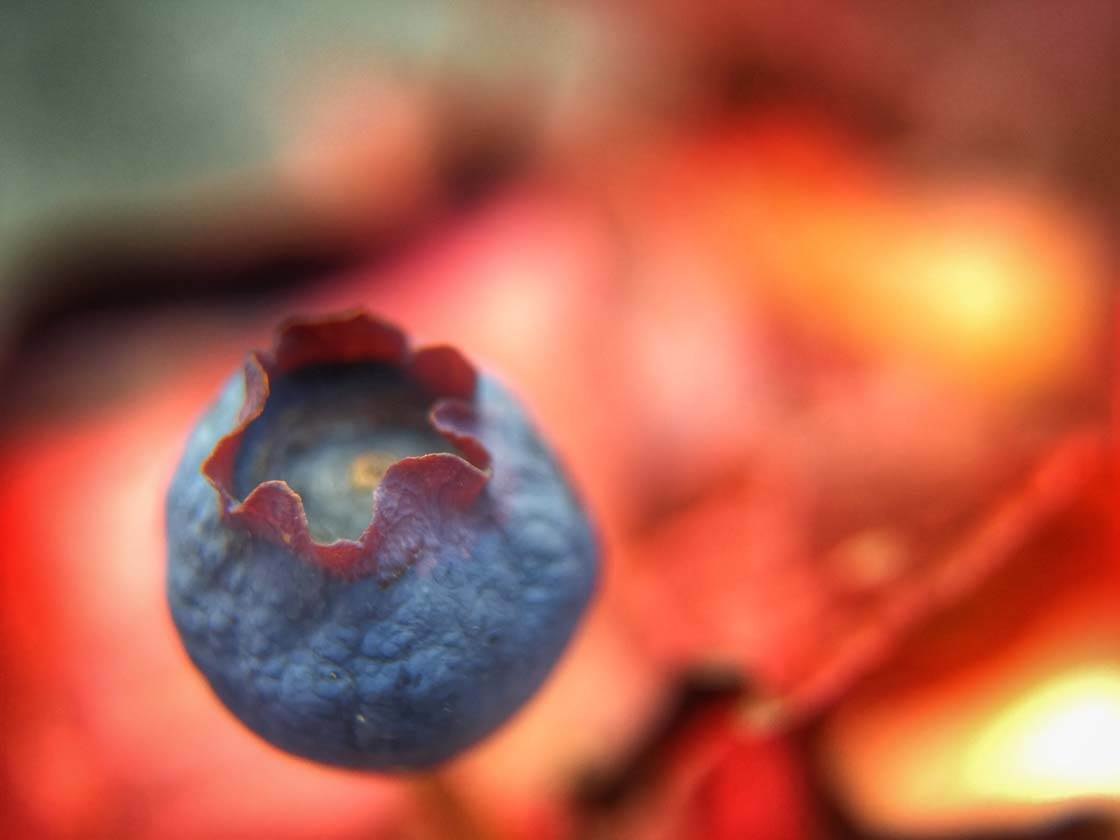
While getting good focus can be frustrating, these lenses do let you into a magnified world that we can barely see with the naked eye.
Ordinary everyday objects become fascinating photographic subjects under these macro lenses.
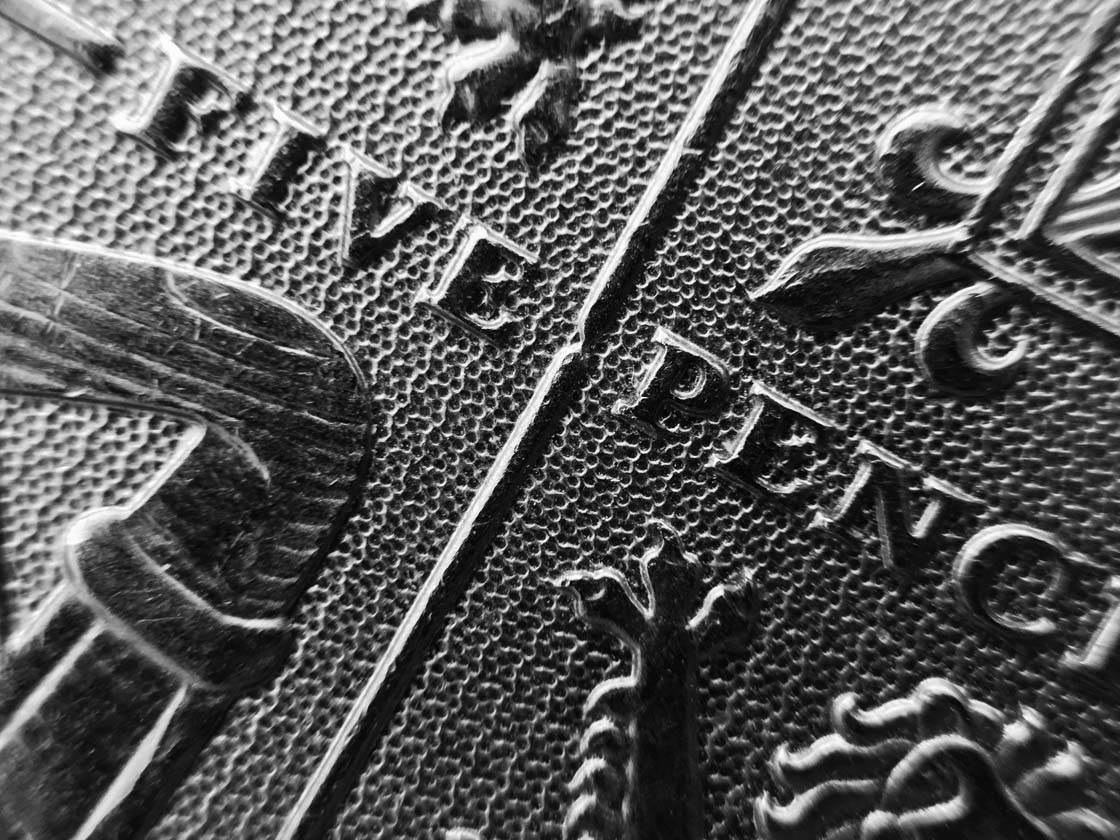
The photo above was shot with the 21x lens for maximum magnification. The regularly spaced dimples on the surface of this small coin are clearly visible at this high magnification. Notice that there’s some blurring around the edges, especially at the corners.
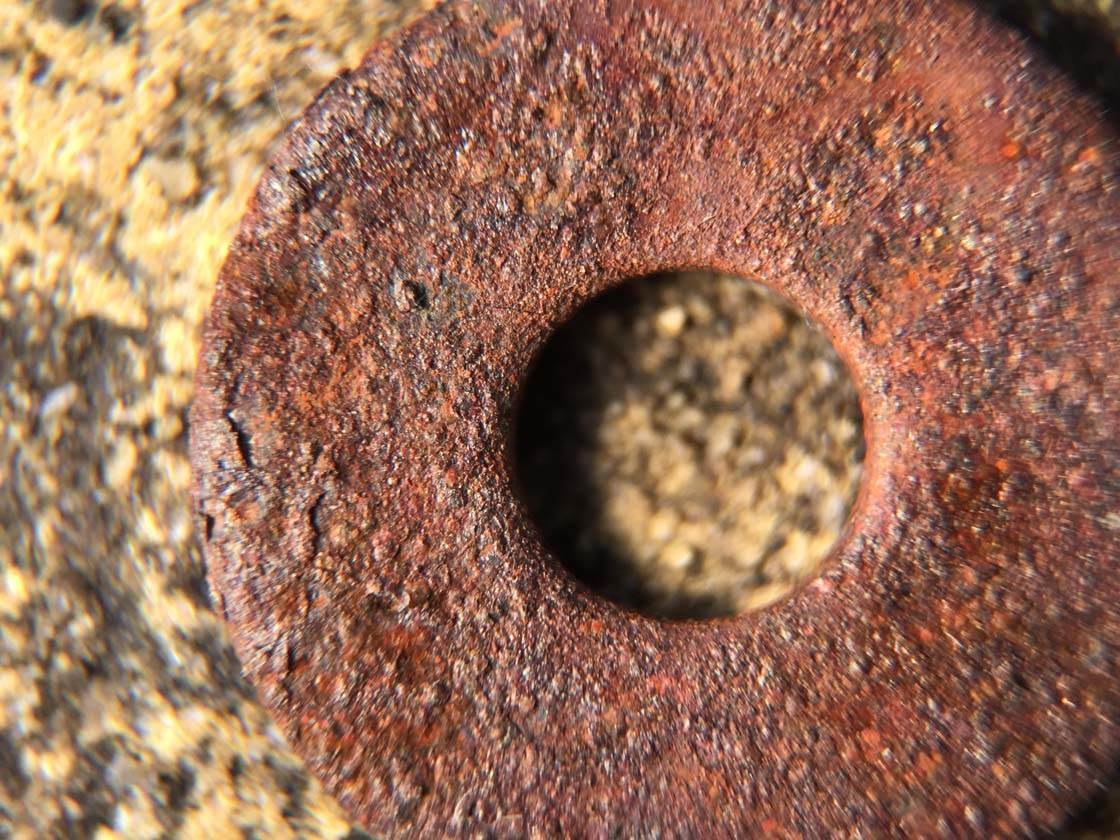
The photos above and below reveal the detail and texture of a rusty washer. The first photo was shot at 21x magnification and the second with taken with the 14x lens.
They show the level of detail that you can achieve, but also the edge blurring that’s common with these lenses.
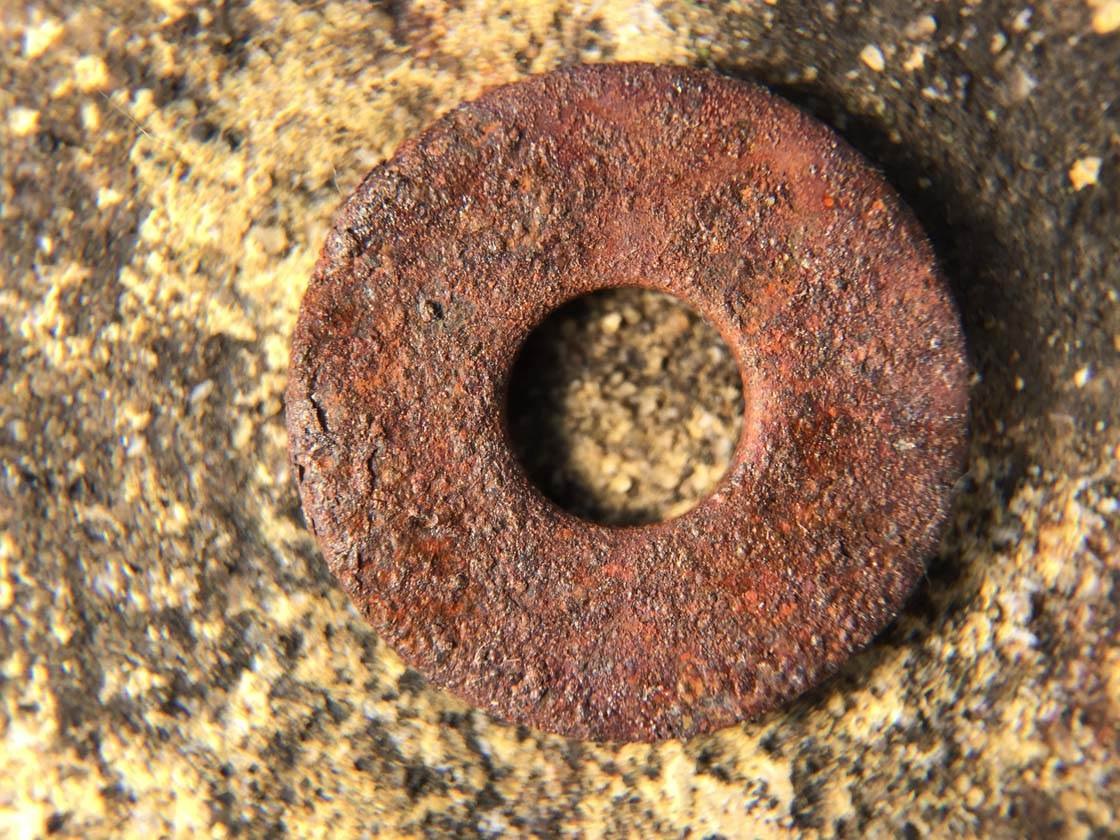
To minimize the effect of the edge blurring, it’s best to avoid placing your subject too close to the corners of the frame.
The blurring becomes more evident at the higher magnifications, so shooting with the lower magnifications will give you sharper images.
Is This The Right Macro Lens For You?
Achieving excellent optical quality with the olloclip Macro Pro Lens system is extremely difficult, especially at the highest magnification.
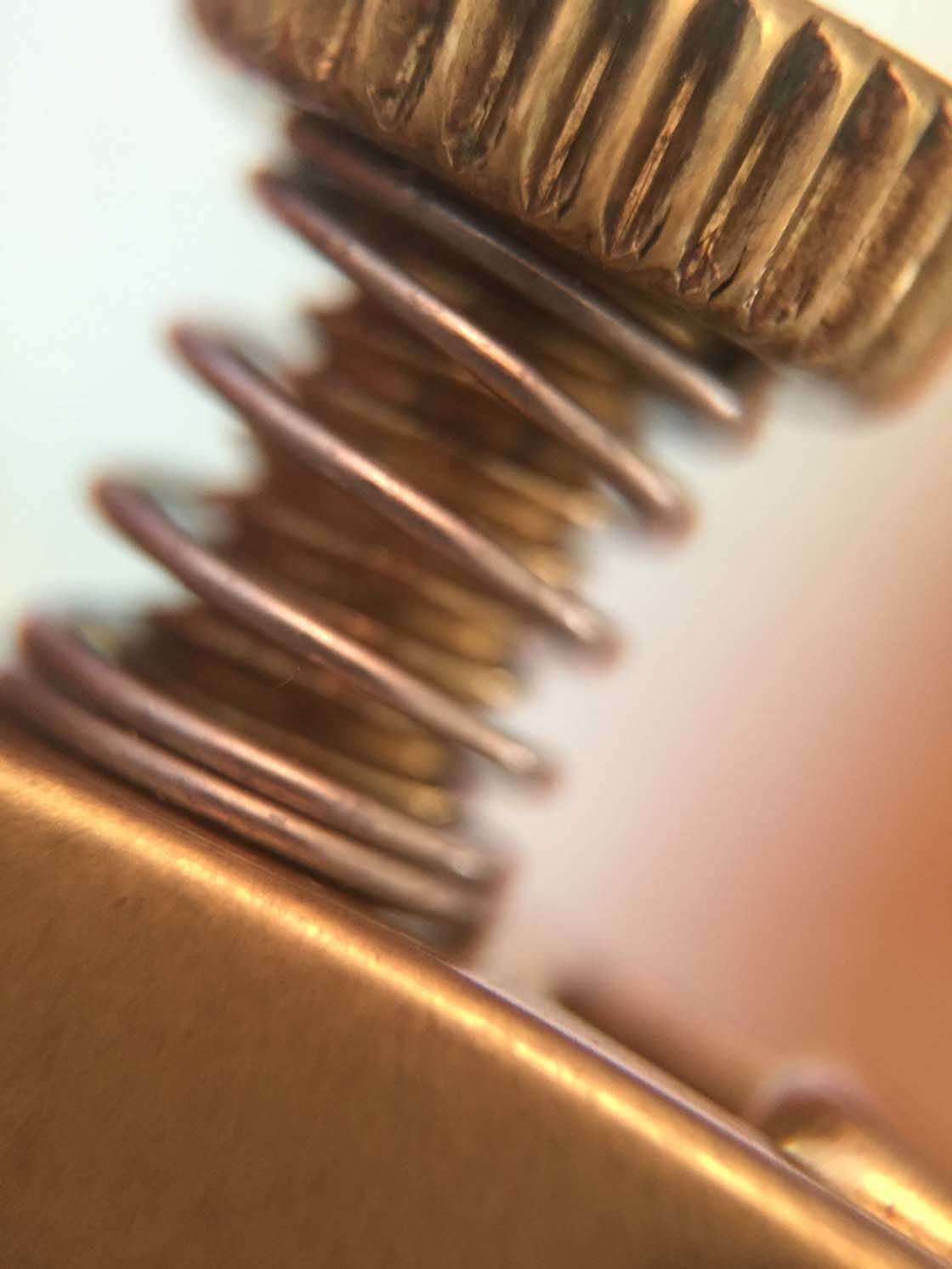
But if you accept its limitations and drawbacks, then what you have here is a wonderfully creative tool to add to your iPhone photography toolkit.
In addition, it lets you into the wonderful world of the very small that we rarely see up close.
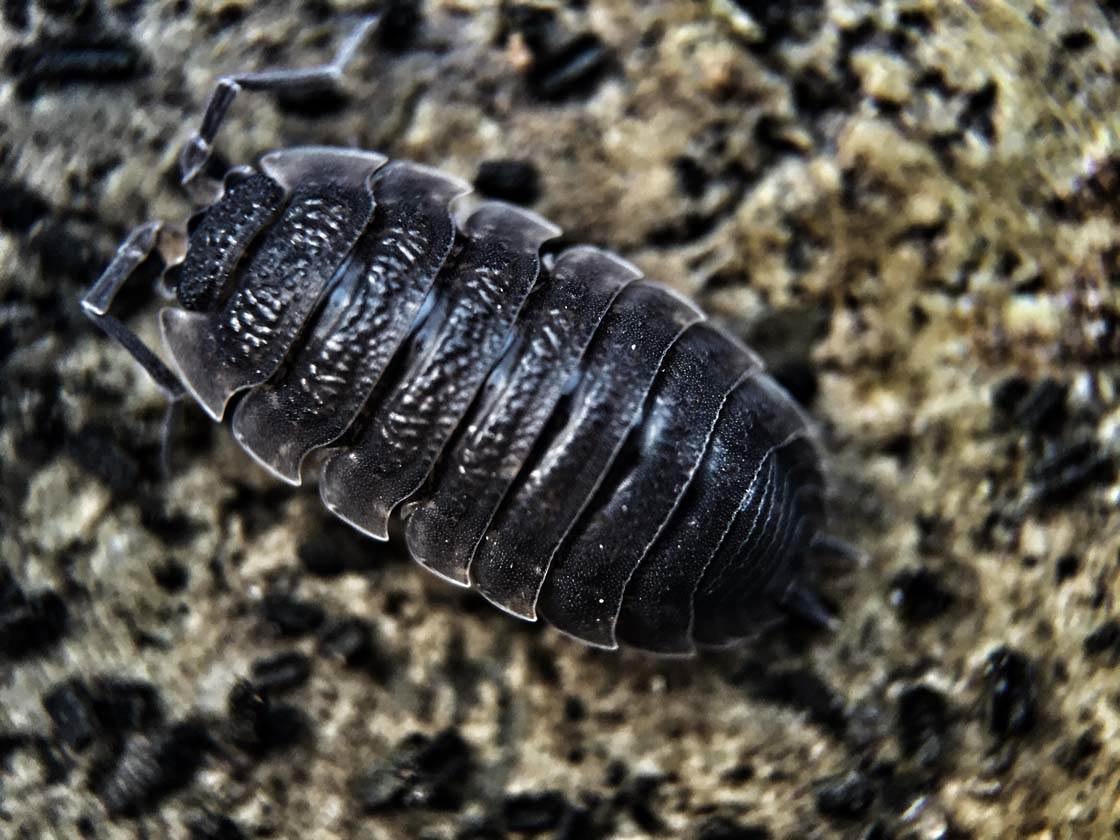
While it’s not the best quality macro lens that I’ve reviewed, I’ve had a lot of fun with it.
I’ve captured detail in all sorts of subjects including fabric, wood grain, rust, coins, leaves, flower petals, insects and feathers.
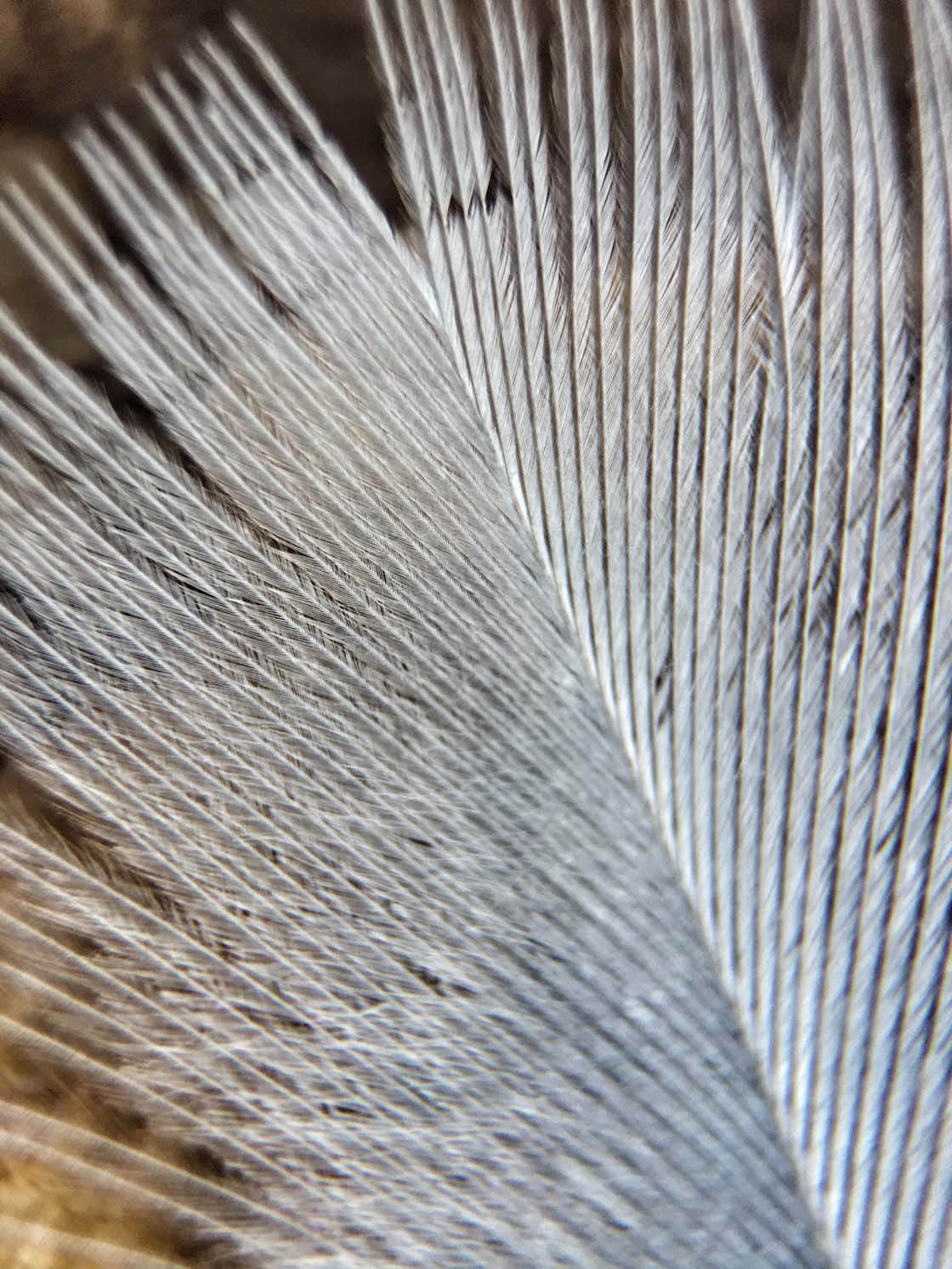
If you’re looking for a macro lens that offers better edge-to-edge sharpness, I’d definitely recommend that you check out our review of the Inmacus macro lens kit.
I found the image quality from the Inmacus macro lenses to be far superior than any other iPhone macro lenses that I’ve tested. Hopefully olloclip and the other lens manufacturers will catch up in terms of image quality soon!
UPDATE: Since the launch of the iPhone 7 and 7 Plus Olloclip have released a dedicated lens kit for these models.


Leave a Reply
You must be logged in to post a comment.